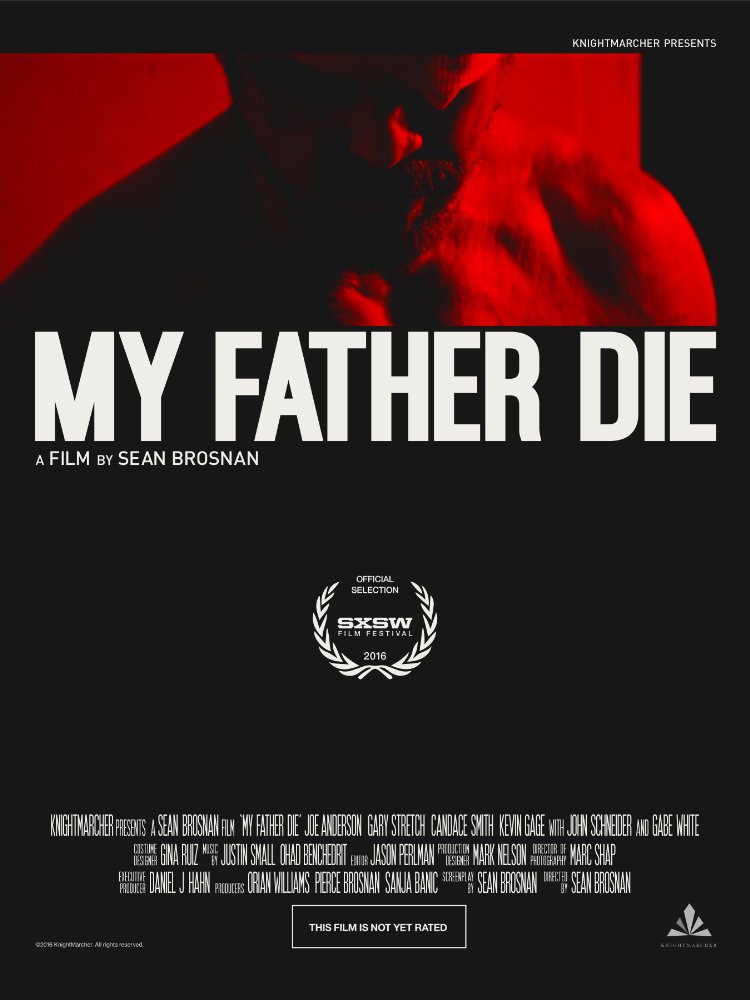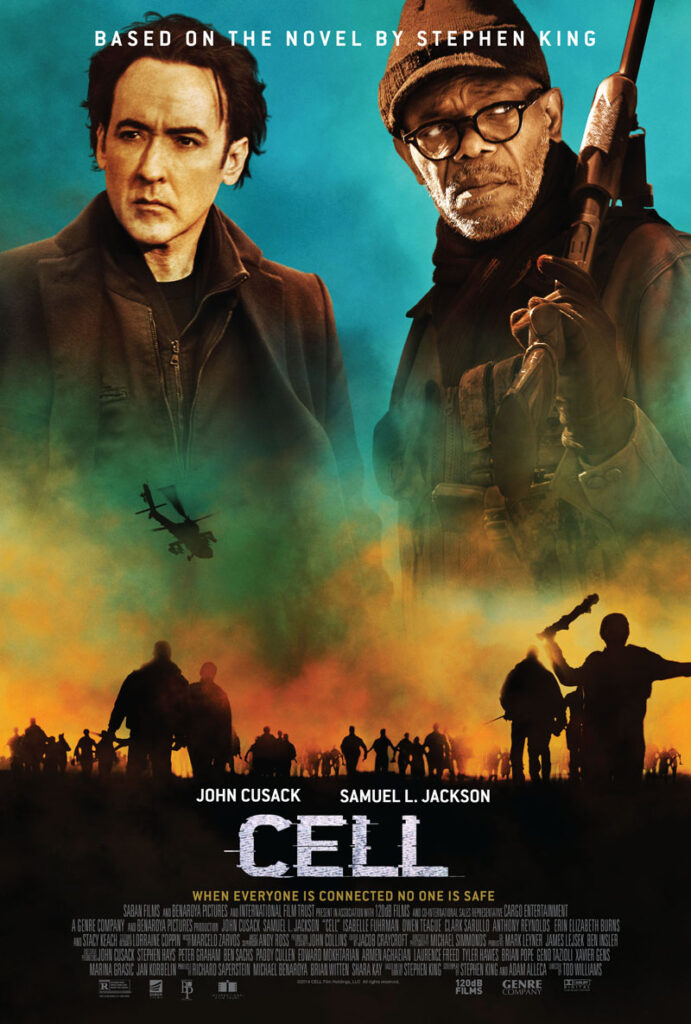MY FATHER, DIE **** USA 2016 Dir: Sean Brosnan. 102 mins
Sean Brosnan’s feature directorial debut, co-produced by his Dad Pierce, is a savagely violent Southern Gothic straddling the line between arthouse and grindhouse, and evidently influenced by everyone from filmmakers Walter Hill and Simon Rumley to novelist Jack Ketchum. As a kid (essayed in evocative flashbacks by the excellent Gabe White), deaf-mute Joe Anderson watched his brutish father (Gary Stretch) beat his older brother to death.
Living in the present day with his bed-ridden, obese mother, he wants revenge, while Dad leaves a trail of fresh carnage in his wake. This Louisiana-shot picture, inspired by the alpha-male relationship at the core of “Playboy of the Western World”, begins as a downbeat drama of a young man haunted by his past, and morphs into a full-blown exploitation picture in which Stretch’s “prehistoric motherfucker” transcends the attempted realism of the piece by transforming into a relentless, Terminator-like Movie Badass. It actually works better when operating as an aggressive B movie, and less so when straining for profundity, and Brosnan even slips into outright slasher movie mode for the moment in which the ferociously impressive Stretch regains consciousness while under the bed of a young couple having sex for the first time, emerging as a screaming, knife-wielding, facially-scarred psycho. The movie goes outlandishly over the line to incorporate a self-mutilating, S & M-loving, masturbating Preacher, but relies on coincidence to an outrageous degree and has particularly rotten roles for the women: a gratuitous rape scene in the second half reinforces the film’s status as a pretentious slice of 70’s drive-in fodder.
CELL ** USA 2016 Dir: Tod Williams. 98 mins
Co-written by Stephen King, this adaptation of his disappointing 2006 technological apocalypse should be even more relevant in 2016, given that the book anticipated a worldwide phenomenon of citizens enslaved like zombies by their cell phones (note: this has already happened in every major city in the world). The movie version opens strong, with an arresting, genuinely thrilling outbreak of chaos at an airport, where cell phone-users (almost everyone, except for graphic novel artist John Cusack, who has a dead battery) receive an ear-piercing signal triggering a transformation into hyper-aggressive, foaming-at-the-mouth hostiles akin to the “Rage” victims in 28 DAYS LATER. Sadly, once Cusack has set off on a clichéd mission to reunite with his estranged, imperilled family and join forces with the few others unaffected (including train driver Samuel L Jackson), the movie drowns in exposition and the sense of urgency dissipates. A shambling, dishevelled Cusack and a muted Jackson phone in their performances, with almost nothing of note to work with, while key narrative elements and visuals are borrowed from, among others, QUATERMASS II and the 1976 INVASION OF THE BODYSNATCHERS. The dialogue is occasionally hilarious (“Open up, we’re Americans!”) and the downbeat climax – set to “You’ll Never Walk Alone” – ends things on a suitably nihilistic note, but it’s a sluggish bore for most of its duration, and the ugly, distracting, Sy-Fy Channel-style CGI is an embarrassment for all concerned.
LET HER OUT *** Canada 2016 Dir: Cody Calahan. 89 mins
Cody Calahan, director of the impressive ANTISOCIAL movies, here offers a variant on Stephen King’s THE DARK HALF, infused with a dose of Cronenbergian body horror and J-horror. The Toronto-set feature has a committed, powerful performance from Alanna LeVierge as a young woman suffering from sinister hallucinations and recurring fugues. She learns her psychological disorder has been caused by the unborn twin absorbed into her skull, a presence activated by her recent road accident. As she awaits for surgery to remove the twin, the “other” seems to take over her body and mind. In true 80’s horror style, this serious, well shot movie builds to a gloopy, gross, skin-ripping physical “birth” at the climax, though a growing sense of repetition leading up to the FX showcase suggests the story may have worked better in a shorter format. Adding to the dissatisfaction is a trend for poorly written supporting characters (“He’s not good for you. He’s bad.”) and a disappointing conclusion. Still, Calahan is clearly a talent to watch and, thanks to a fine electronic score and LeVierge’s impressive work, it is often compelling.
Reviews by Steven West



